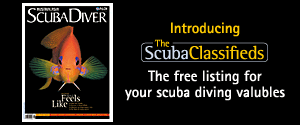- Home
- Directory
- Shop
- Underwater Cameras - Photographic Accessories
- Smartphone Housings
- Sea Scooters
- Hookah Dive Systems
- Underwater Metal Detectors
- Dive Gear
- Dive Accessories
- Diving DVD & Blu-Ray Discs
- Diving Books
- Underwater Drones
- Drones
- Subscriptions - Magazines
- Protective Cases
- Corrective Lenses
- Dive Wear
- Underwater Membership
- Assistive Technology - NDIS
- On Sale
- Underwater Gift Cards
- Underwater Art
- Power Stations
- Underwater Bargain Bin
- Brands
- 10bar
- AOI
- AquaTech
- AxisGo
- Backscatter Underwater Video and Photo
- BLU3
- Cayago
- Chasing
- Cinebags
- Digipower
- DJI
- Dyron
- Edge Smart Drive
- Eneloop
- Energizer
- Exotech Innovations
- Fantasea
- Fotocore
- Garmin
- Geneinno
- GoPro
- Hagul
- Hydro Sapiens
- Hydrotac
- Ikelite
- Indigo Industries
- Inon
- Insta360
- Intova
- Isotta Housings
- Jobe
- JOBY
- Kraken Sports
- LEFEET
- Mirage Dive
- Nautica Seascooters
- Nautilus Lifeline
- NautiSmart
- Nitecore
- Nokta Makro
- Oceanic
- Olympus
- OM System
- Orca Torch
- Paralenz
- PowerDive
- QYSEA
- Scubajet
- Scubalamp
- Sea & Sea
- SeaDoo Seascooter
- SeaLife
- Seavu
- Shark Shield
- Sherwood Scuba
- Spare Air
- StickTite
- Sublue
- Suunto
- SwellPro
- T-HOUSING
- Tusa
- U.N Photographics
- Venture Heat
- XTAR
- Yamaha Seascooter
- Youcan Robot
Coffs Harbour - Time to do it again!
Contributed by Ric Mingramm
Well, I take my annual pilgrimage to what is some of the best diving in Australia (not because of the diving JUST but because of the fantastic dive operator). Mike Davey and his crew from Jetty Dive run a great operation in Coffs Harbour, NSW. I ventured up this year with my son Fletcher ( the next Jacques Costeau) and my regular dive buddies Andrew, Amber and Troy.
I promised sharks, turtles, eels, giant cuttles, masses of fish, pelagic, whales
and good times and we weren't disappointed. On arrival I walked into the shop
and people I had not seen for 12 months remembered me - not sure if this is
good or bad. I said: "We are here for 9 days we are in your hands - dive
us out!"
Mike rose to the challenge and provided some great times and fantastic dive
sites - sorry Mike you can't claim the 21 degree water temp, 20m plus visibility
as your doing!
Firstly the team were there to dive and get their PADI Shark Specialty (I got
mine last year) and Troy and Amber the lesser experienced divers (only joking)
were there to put another specialty towards there ultimate aim to be PADI Master
Scuba Divers like Andrew and myself. What amazes me about divers is we have
such a wide variety of diving interests:
Andrew's passion is photography - on a regular dive he will take 300 shots -
of fish and slug things! -
Amber well her passion is fish - she even sent a text to a friend on this trip
saying: "I am considering a career change to become a fish!"
Fletcher his passion is diving: wrecks, scallops,. fish holes, buckets of water
- he will dive in anything. Told me on this trip: "At end of Year 12 I'm
off to Thailand for 6 months to Dive Master then back to James Cook University
to do Marine Biology and then work on the GBR Marine Park - talk about focussed
and planned! - frightening thing is it will be that way!
Troy - his passion is slugs! yes, those slimy little sea snail things. On this
trip on one dive he was so fascinated on one and taking its photo he failed
to see the 3 m Grey Nurse swim over his shoulder! Must be great on rainy days
at his house with him following snail trails around the garden!
Me well my passion is diving - all sorts and female divers (but don't tell anyone).
For all trips it is important that you actually learn something, so Andrew with his photo capabilities was able to categorise some new nudibranchs. I have attached the details to share with other readers. Have fun. Ric
Coffs Harbour Slug Search Expedition
Opisthobranch of the Week! - New samples - June 2005
From what we can ascertain of these nudibranchs to date - we await full categorisation
and additional research:
Lady Lungguss are hermaphrodites, which means that they possess both male and
female sex organs at the same time. This strategy increases the probability
of finding a mate, since every mature individual of the same species is a potential
partner (self-fertilization is very rare).
After mating, Lady Lungguss lay their egg masses either on or near the organism on which they feed. These egg masses vary in shape, size and colour depending on species. Some sea slugs lay single coils of eggs, while others are in the shape of a thick ribbon wound into a spiral. The egg masses are often white, but they can also be red, pink, orange or any other colour depending on the species. Egg development can take between 5 and 50 days, and is strongly influenced by temperature. Warmer waters generally result in a shorter embryonic period.
Usually the eggs develop first into a larval form called a 'veliger', which drifts in the ocean currents as plankton. Specific environmental conditions trigger the larvae to settle and metamorphose into the adult form. This larval dispersal is important in the successful exploitation of new areas, since adult Lady Lungguss move very slowly and cannot travel long distances.
Since Doctorus Sluggg has lost its protective shells, they require alternative means of defense. The bright colouration seen in many species is believed to warn potential predators that the nudibranchs contain distasteful or even toxic compounds.
Many of the dorid nudibranchs (Suborder Doridacea) are strongly scented, which is thought to be a chemical anti-predator warning.
Many sea slugs feed on sea anemones and hydroids (Phylum Cnidaria), which contain stinging cells called nematocysts. The nudibranchs are able to block the discharge of these nematocysts during digestion, and they are then passed to special storage sacs in the cerata. The adopted stinging cells form part of a defensive mechanism against any predators that attempt to prey on the nudibranchs.
Some nudibranchs can also swim short distances when disturbed by predators - they contract their body muscles and undulate through the water while flapping their mantel.
Some nudibranchs in tropical waters feed on corals (Phylum Cnidaria), which contain photosynthetic single-celled algal symbionts called zooxanthellae. These nudibranchs are able to remove the algae intact from the coral's tissues and store them in their cerata, where the algae photosynthesize and provide the host nudibranch with a continuous supply of manufactured sugars.
Beachwalkers can search for nudibranchs in tidal pools at low tide - try looking
under loose rocks or near animals that they are known to feed on (e.g. sponges
and bryozoans). One of the best ways to locate nudibranchs is by spotting their
egg masses, which are usually quite visible - the parents are likely nearby!
If you are lucky enough to find nudibranchs in tide pools or while diving. Please
do not attempt to pick-up or touch them. These creatures are very soft and easily
damaged, and you may hurt them inadvertently.
References :
- http://slugsite.tierranet.com
- http://oceanlink.island.net/oinfo/nudibranch/nudibranch.html
Shopfront
-
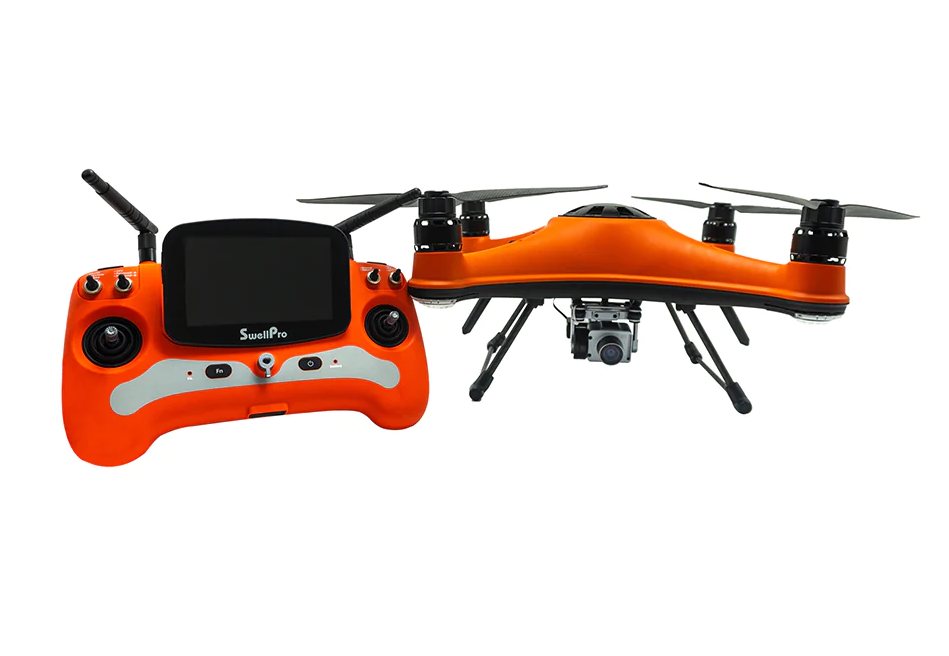 SwellPro Fisherman FD3 ADVANCED - WaterProof Fishing Drone
SwellPro Fisherman FD3 ADVANCED - WaterProof Fishing Drone
- Price A$ 3,499.00
-
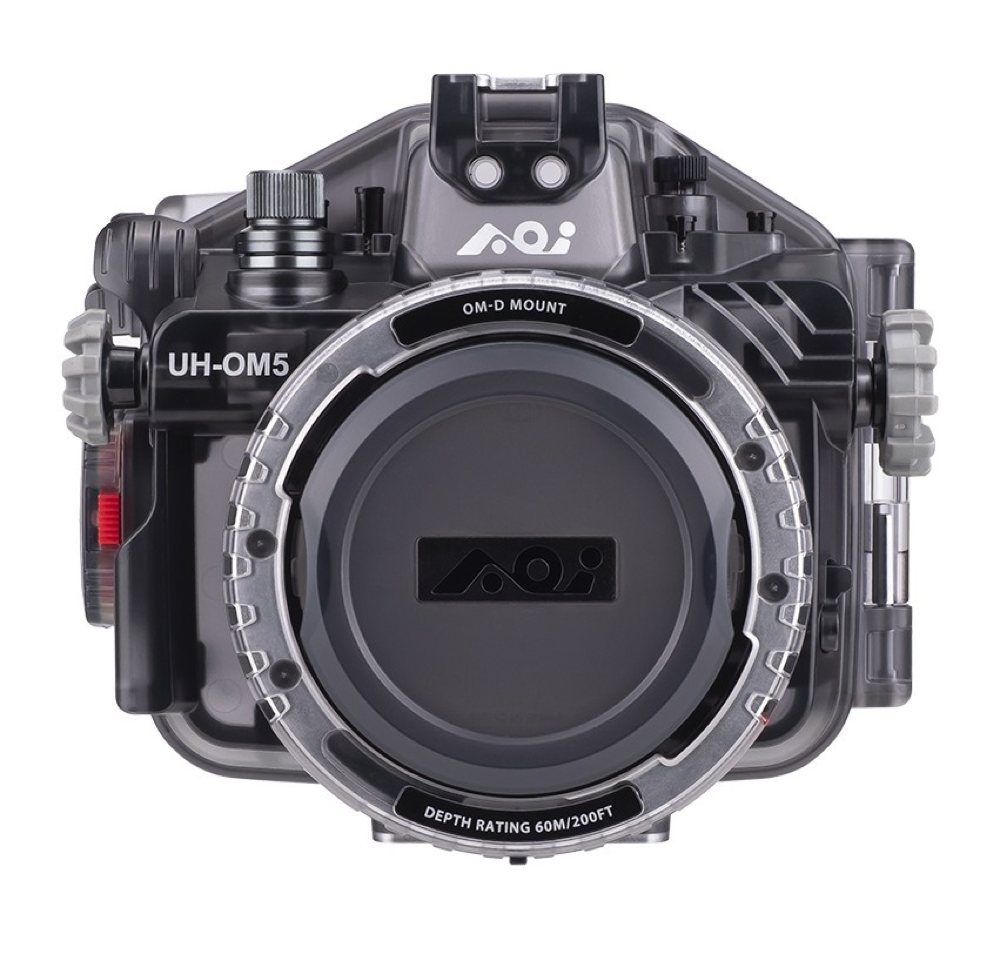 AOI UH-EM5III and UH-OM5 Underwater Housing for Olympus OM-D E-M5 III and OM System OM-5
AOI UH-EM5III and UH-OM5 Underwater Housing for Olympus OM-D E-M5 III and OM System OM-5
- Price A$ 1,469.00
-
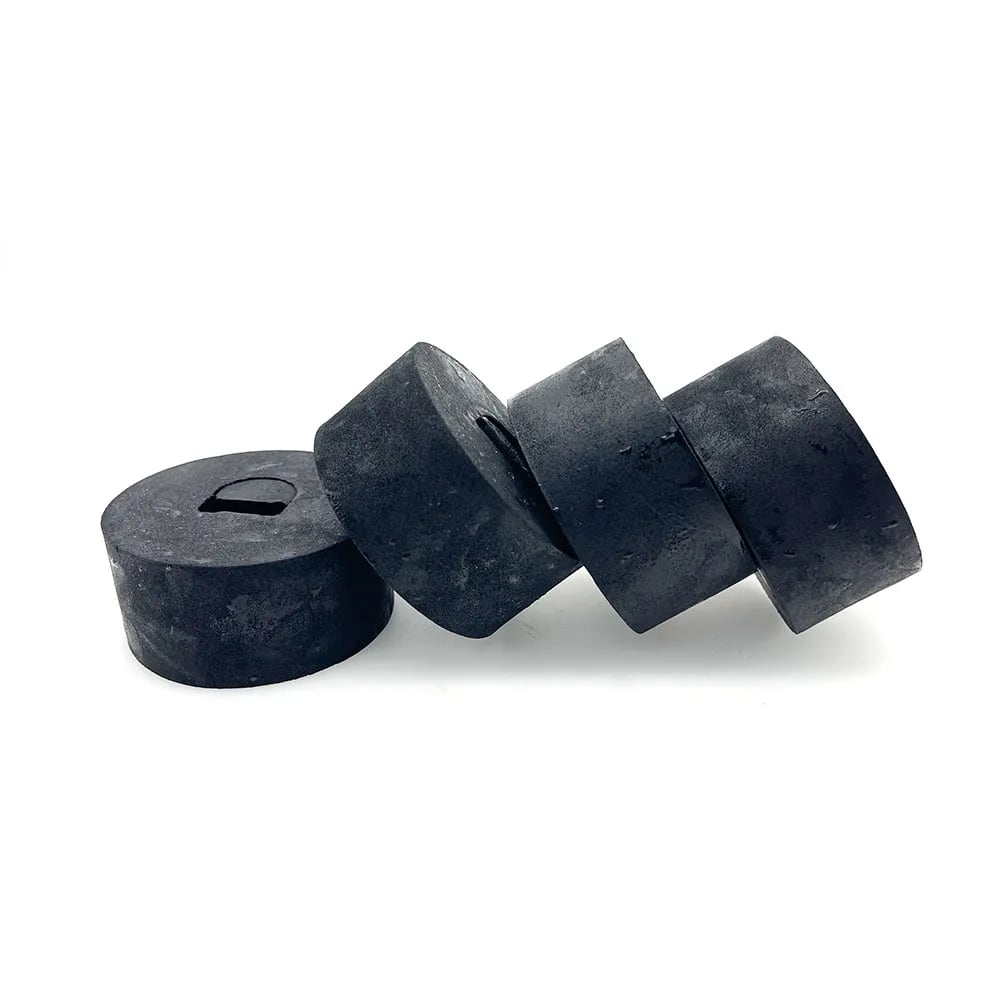 Nitescuba Float Block FAXS/FAXM
Nitescuba Float Block FAXS/FAXM
- Price A$ 59.95
-
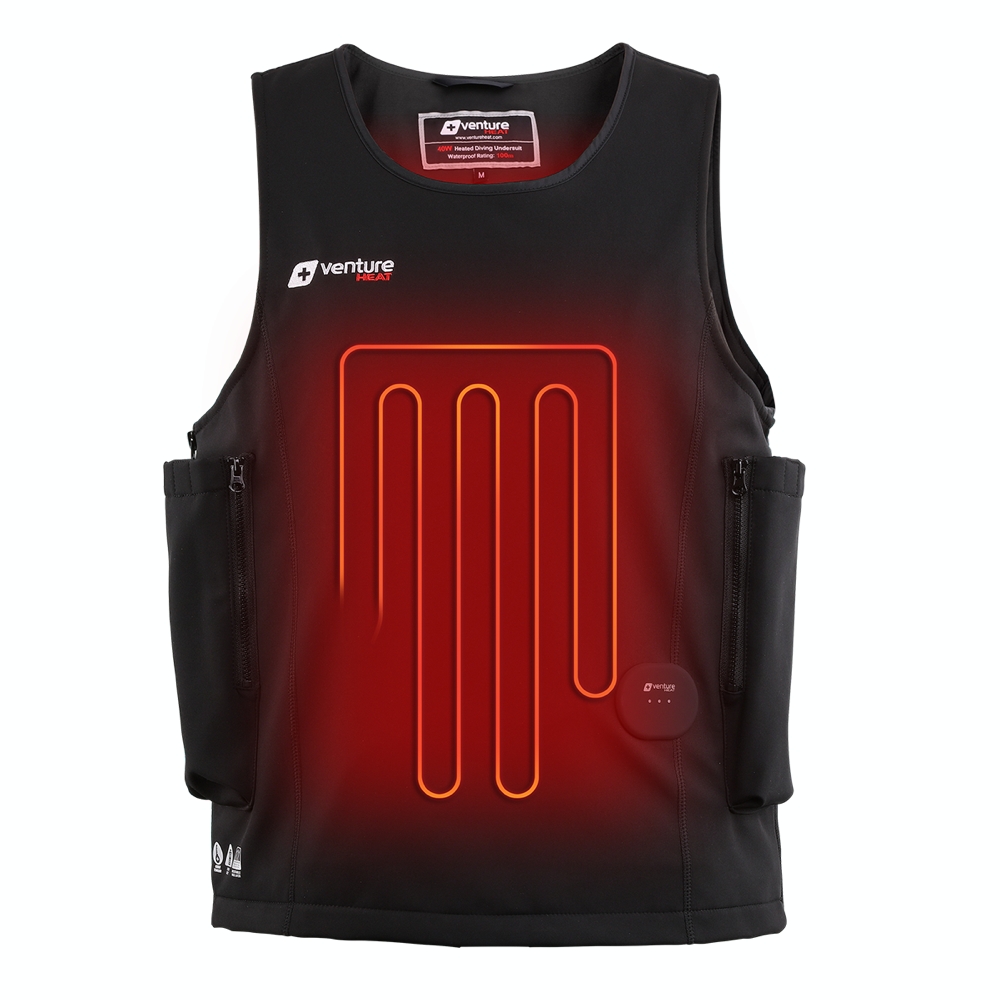 Venture Heat - Pro 32w Dive Vest Kit - V2
Venture Heat - Pro 32w Dive Vest Kit - V2
- Price A$ 1,139.00
-
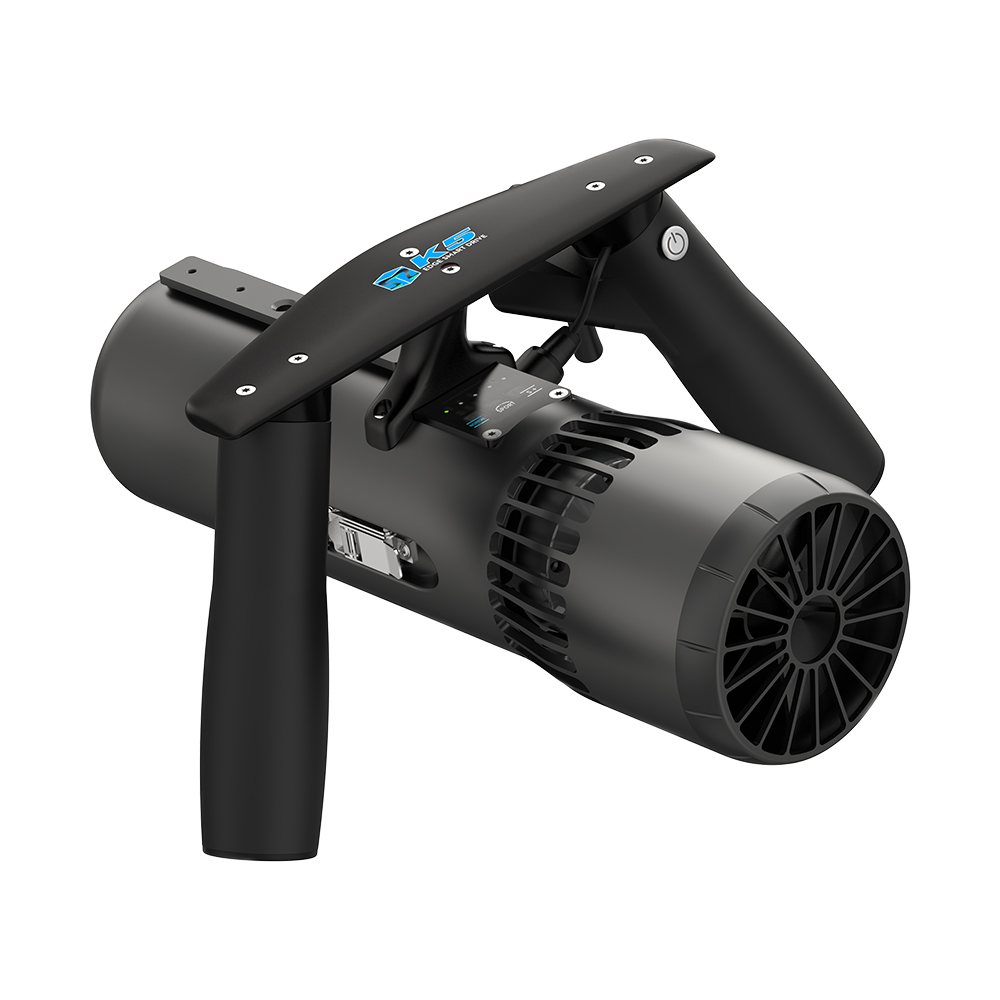 K5 Underwater Scooter
K5 Underwater Scooter
- Price A$ 999.00
-
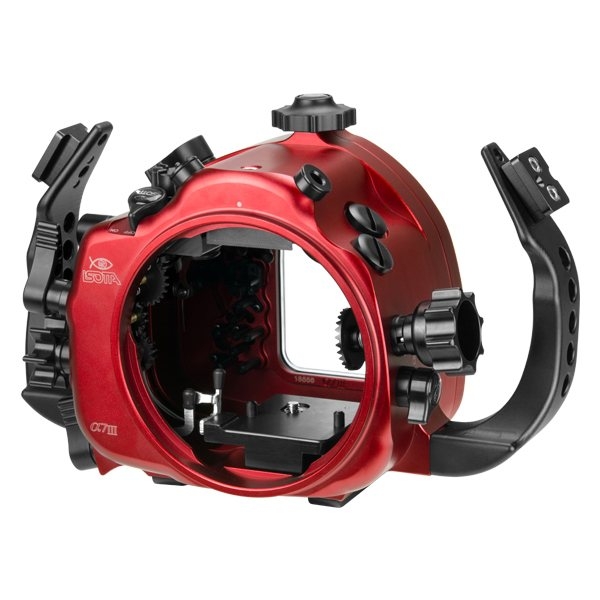 Isotta Underwater Mirrorless Camera Housings
Isotta Underwater Mirrorless Camera Housings
- Price A$ 2,290.00
-
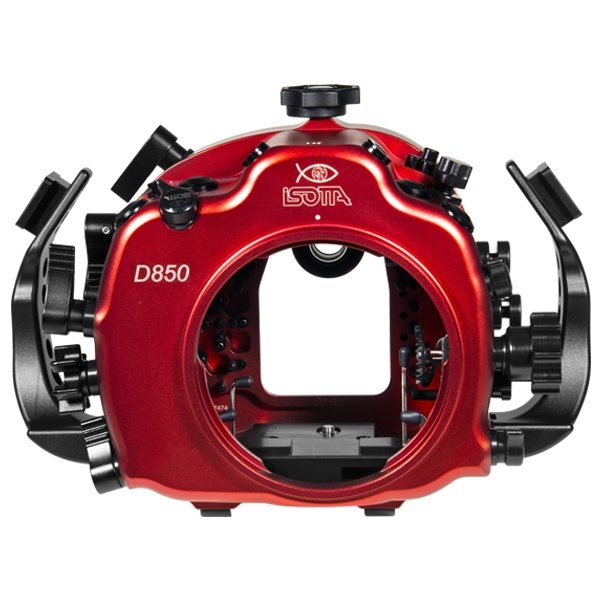 Isotta Underwater dSLR Camera Housings
Isotta Underwater dSLR Camera Housings
- Price A$ 4,899.00
In the Directory



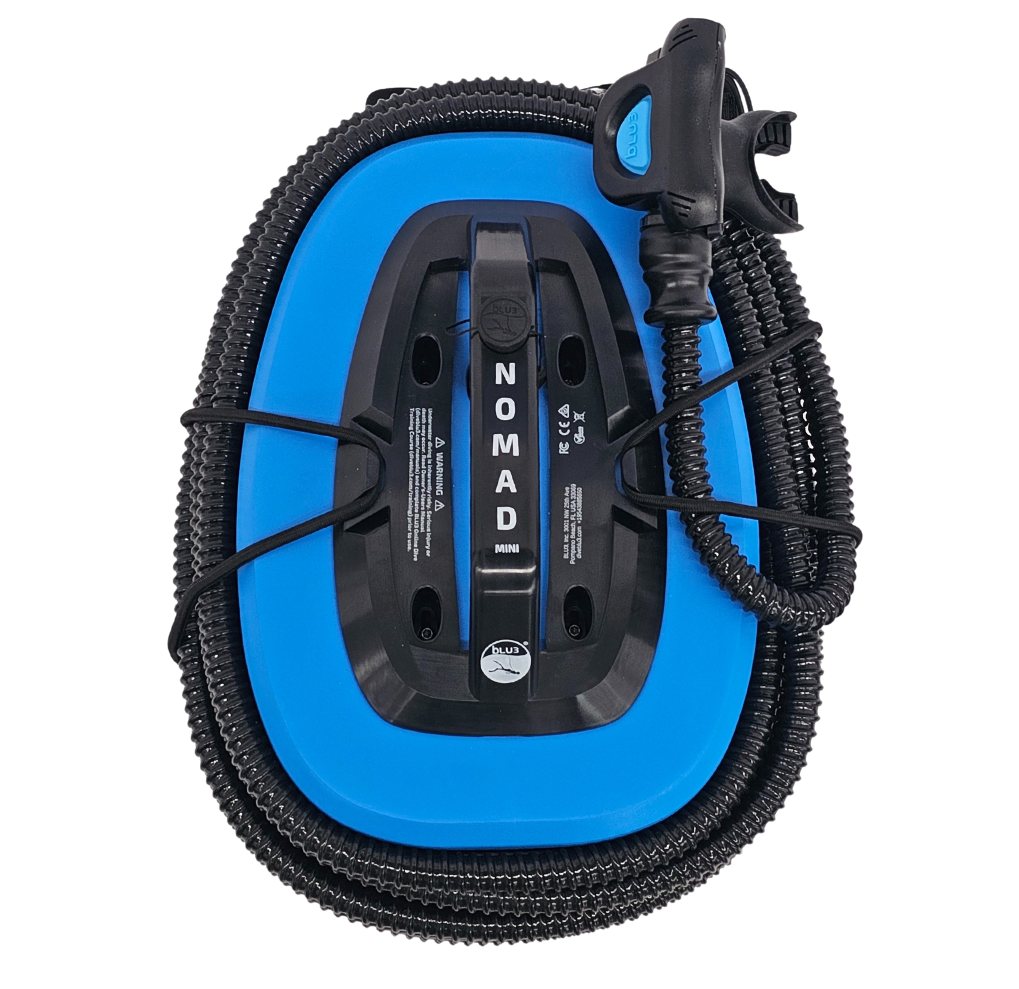
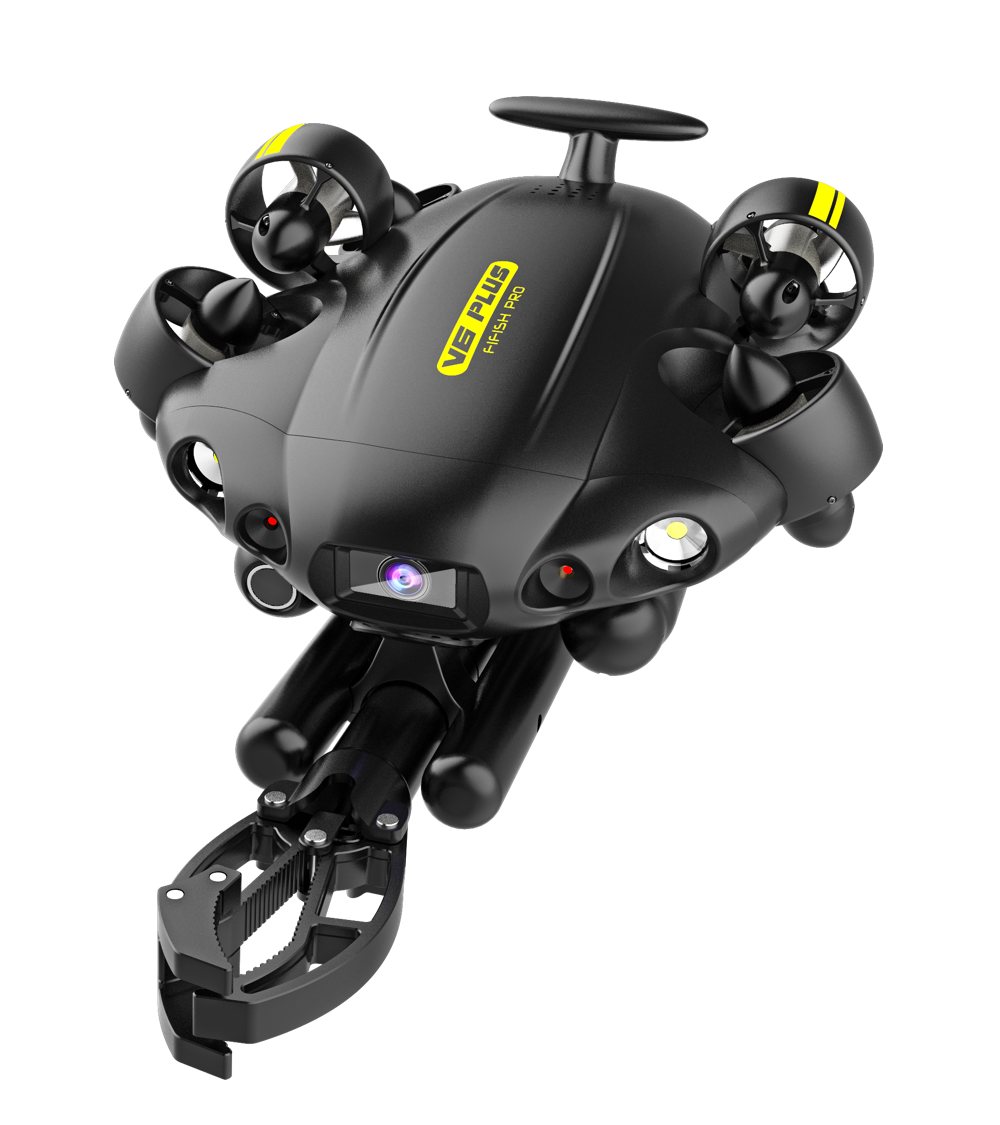

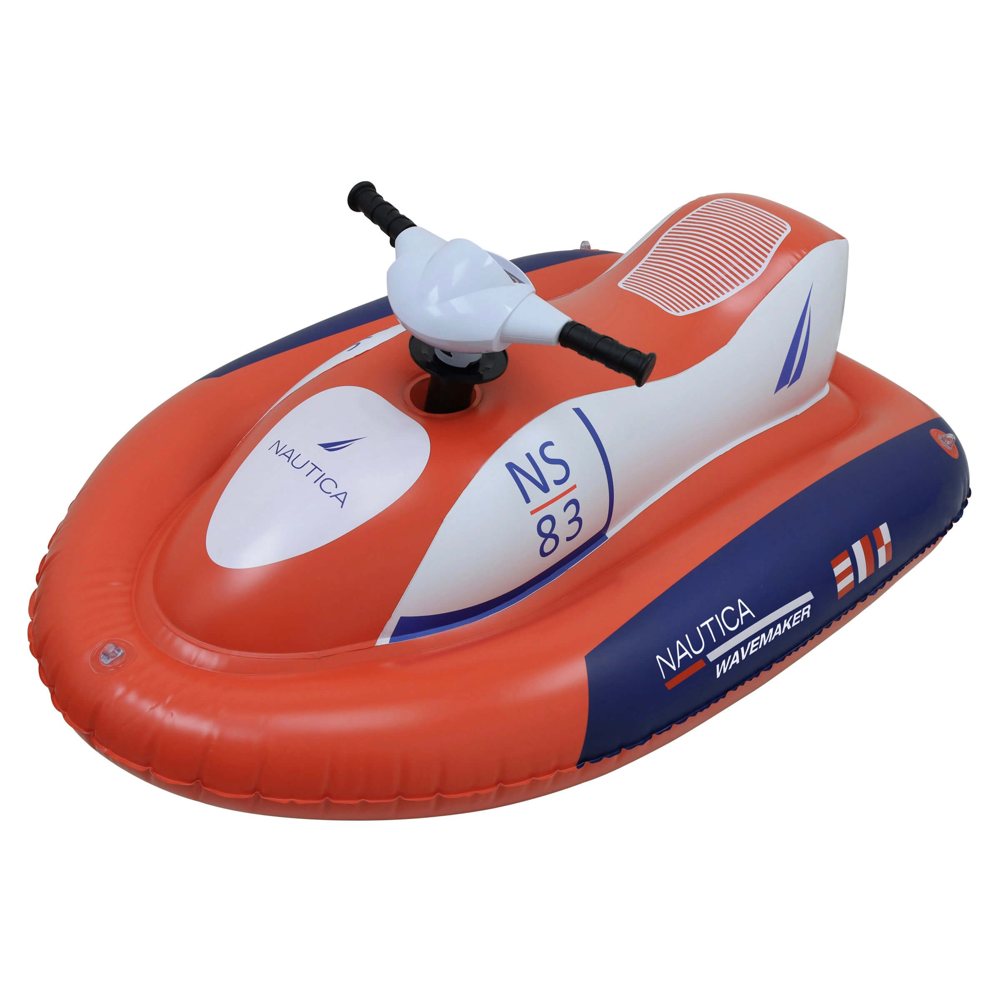
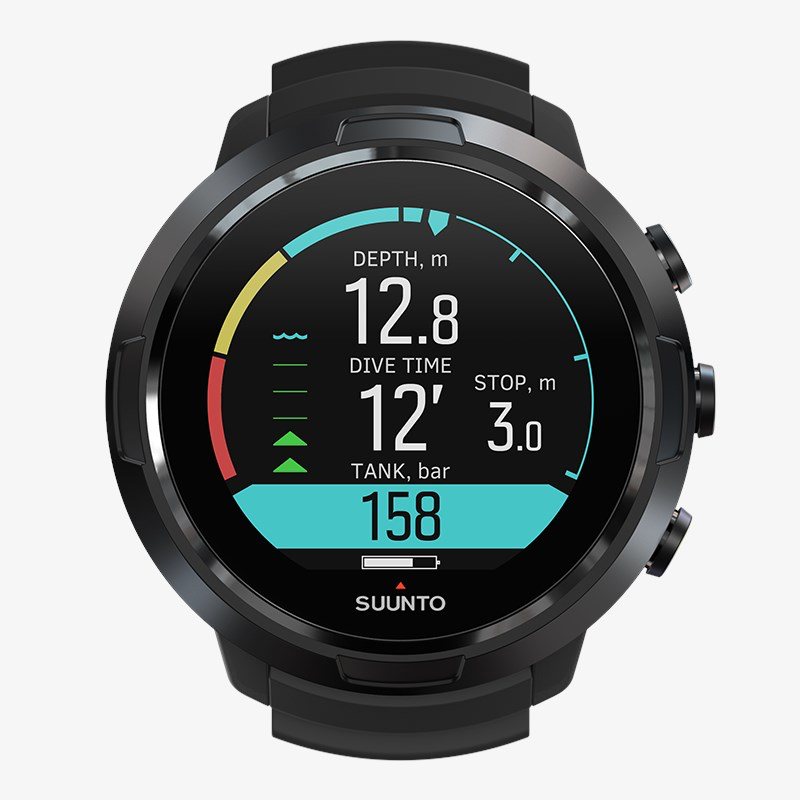
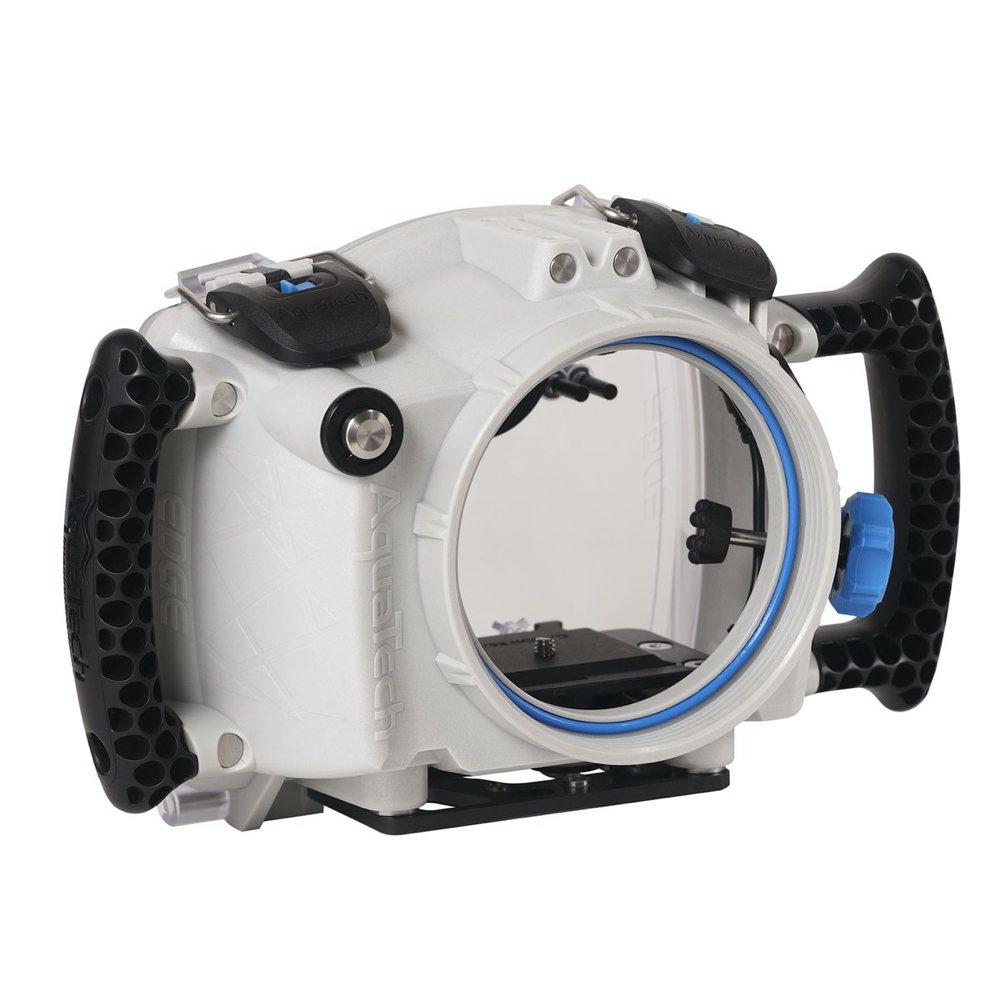
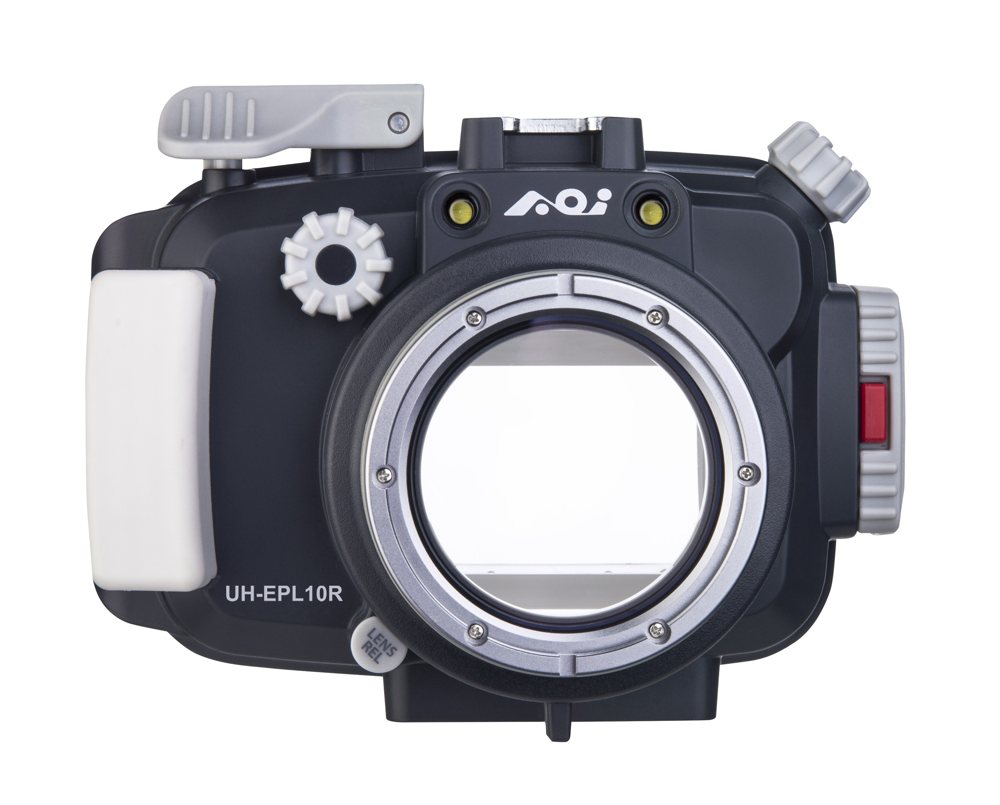
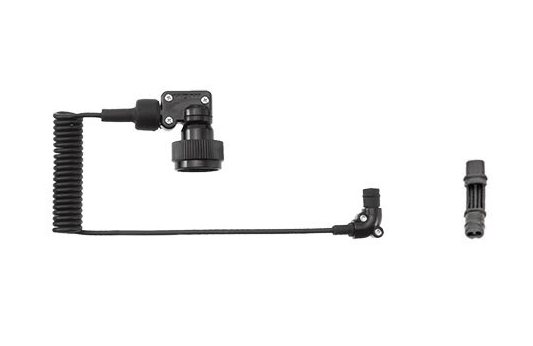



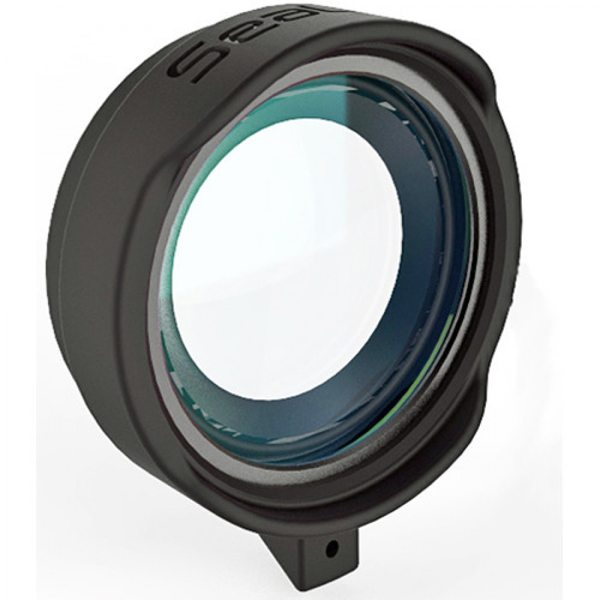 Sealife Super Macro Close-Up Lens for Micro HD / 2.0 / 3.0 and RM4K
Sealife Super Macro Close-Up Lens for Micro HD / 2.0 / 3.0 and RM4K 


